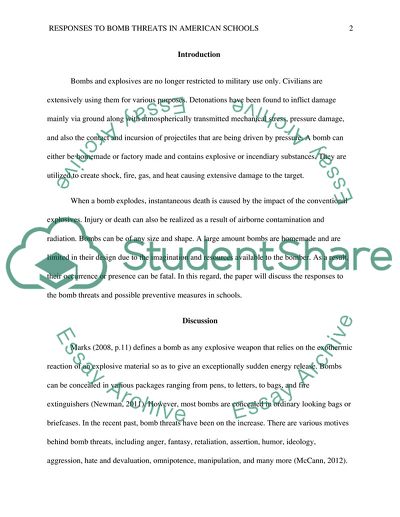Cite this document
(What are the Responses to Bomb Threats in American Schools Research Paper, n.d.)
What are the Responses to Bomb Threats in American Schools Research Paper. Retrieved from https://studentshare.org/social-science/1861998-you-can-choose-however-it-is-limited
What are the Responses to Bomb Threats in American Schools Research Paper. Retrieved from https://studentshare.org/social-science/1861998-you-can-choose-however-it-is-limited
(What Are the Responses to Bomb Threats in American Schools Research Paper)
What Are the Responses to Bomb Threats in American Schools Research Paper. https://studentshare.org/social-science/1861998-you-can-choose-however-it-is-limited.
What Are the Responses to Bomb Threats in American Schools Research Paper. https://studentshare.org/social-science/1861998-you-can-choose-however-it-is-limited.
“What Are the Responses to Bomb Threats in American Schools Research Paper”, n.d. https://studentshare.org/social-science/1861998-you-can-choose-however-it-is-limited.


